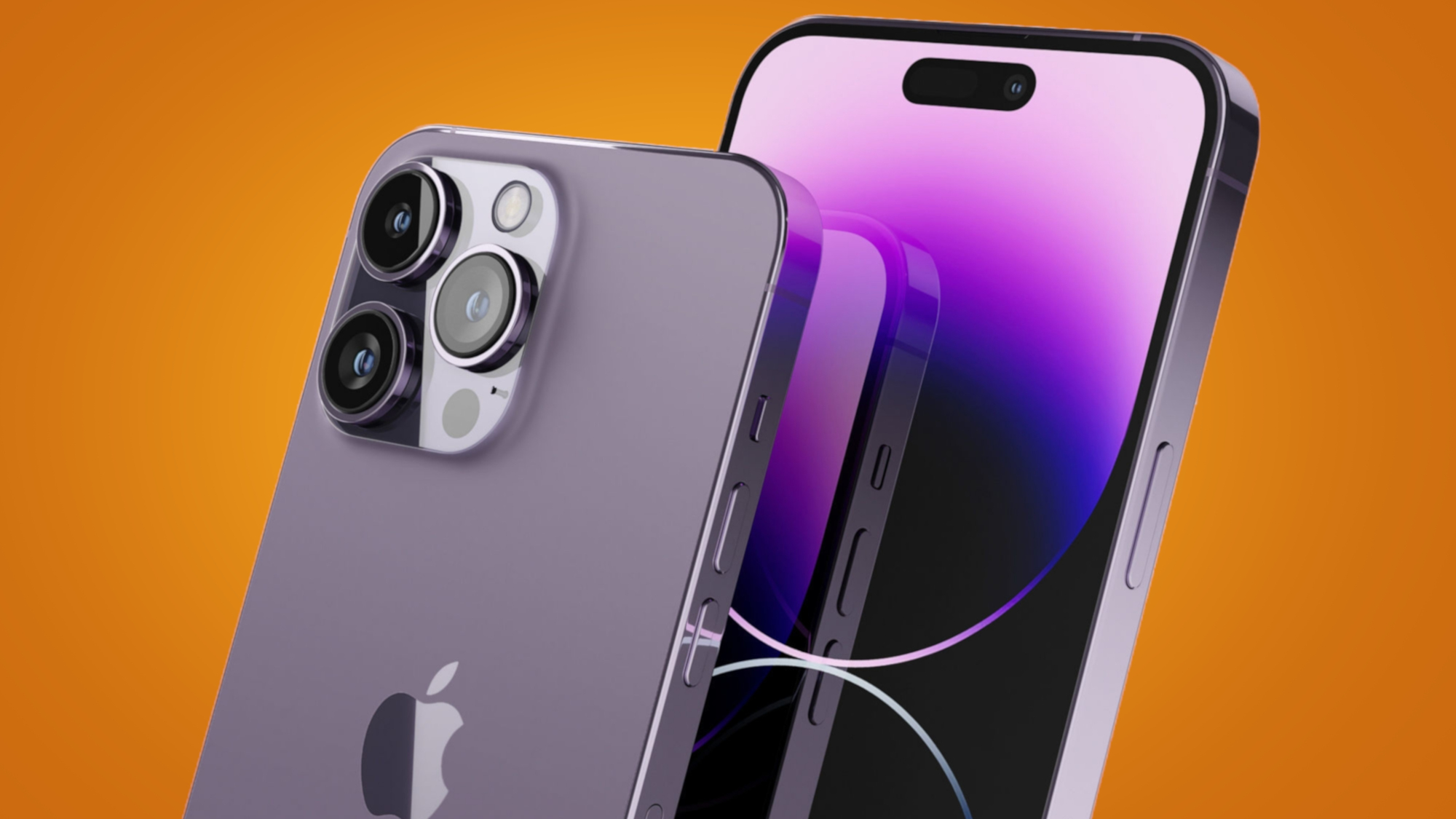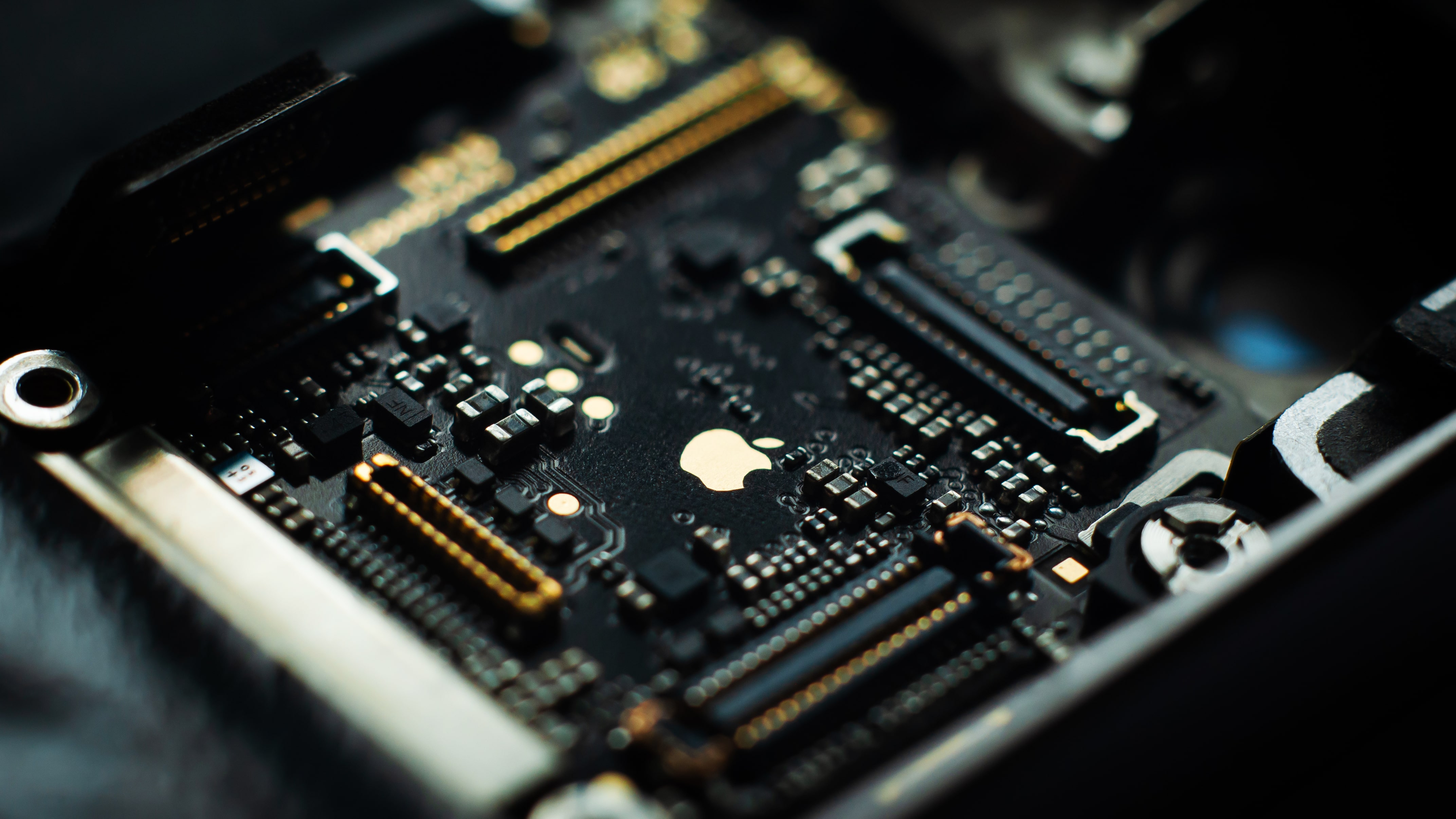
Future iPhones could get a big boost from Apple’s new investment into 5G components, which could see the tech giant make a single chip for cellular, Wi-Fi and Bluetooth connectivity.
5G networks offer faster download speeds and superior reliability than their 4G equivalents, but the widespread adoption of 5G has been hampered by the need to develop expensive mobile infrastructure en masse.
Now, Apple has announced a major new partnership with its long-term parts supplier Broadcom to build a number of “cutting edge” 5G components in the US.
Why does this matter? As well as providing a huge boost to the US economy – to the tune of billions (and billions) of dollars – the move will reduce Apple’s reliance on third-party chip suppliers like Qualcomm and could mean that future iPhones boast 5G modems uniquely optimized for Apple devices.
Qualcomm expects Apple to switch to its own in-house 5G modems from 2024 onwards, so in theory, the iPhone 16 line could be the first iPhone line to feature super efficient, Apple-produced 5G components.

Apple is widely believed to have begun work on its own 5G technology after purchasing Intel’s modem division for $1 billion in 2020. The company signed a six-year deal with Qualcomm in the meantime to ensure that every iPhone since the iPhone 12 has been 5G-compatible, but it’s no secret that Apple is keen to bring more of its manufacturing process under one roof.
For instance, Apple has also outlined plans to begin using proprietary custom displays in its new mobile devices from 2024 onwards, in a bid to reduce reliance on other component manufacturing partners like Samsung and LG.
Get daily insight, inspiration and deals in your inbox
Sign up for breaking news, reviews, opinion, top tech deals, and more.
More generally, the company’s extended partnership with Broadcom should boost the widespread adoption of 5G among 4G-using consumers. “5G technology is shaping the future of next-generation consumer electronics – and Apple is spending tens of billions of dollars to develop this field in the United States,” the company said in a statement.
How much better is 5G?
5G speeds vary between locations, countries, carriers and devices, but in the right conditions, they can reach up to 10 Gbps. For context, that’s around 100 times faster than the average 4G download speed.
However, that superior speed comes at a cost. Being significantly more complex than previous-generation mobile networks, 5G networks require more masts and more advanced (read: much larger) equipment in more places, which is expensive to produce and install.
Apple’s multi-billion dollar investment should go some way to improving this still-underdeveloped 5G infrastructure – in the US, at least – but we’re still several years away from seeing 5G replace 4G in the main.

Axel is TechRadar's UK-based Phones Editor, reporting on everything from the latest Apple developments to newest AI breakthroughs as part of the site's Mobile Computing vertical. Having previously written for publications including Esquire and FourFourTwo, Axel is well-versed in the applications of technology beyond the desktop, and his coverage extends from general reporting and analysis to in-depth interviews and opinion. Axel studied for a degree in English Literature at the University of Warwick before joining TechRadar in 2020, where he then earned an NCTJ qualification as part of the company’s inaugural digital training scheme.